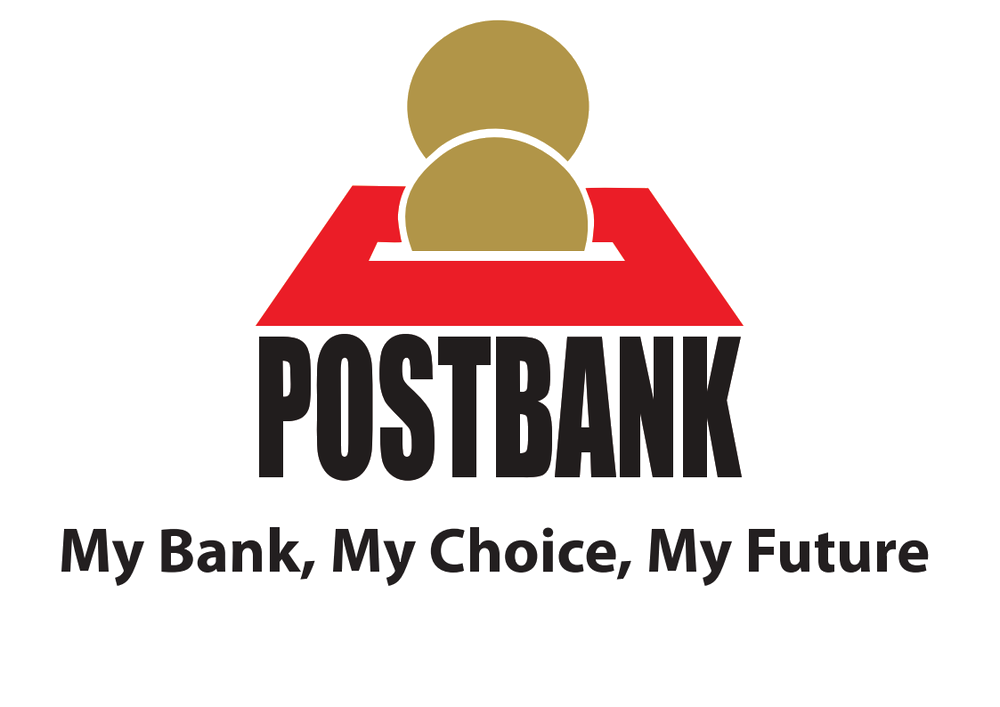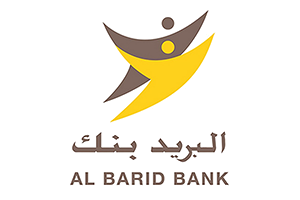- IBOR: European legislators should not underestimate issues related to the IBOR reform. We consider that due to the possible extent of the instruments facing this issue it should be in the IASB’s attention. Especially IBOR rates with longer tenors replaced by lagged ’in advance’ rates resulting in time gaps of three and more months would be of a particular concern, due to a high risk of failing the solely payments of principal and interest (SPPI) benchmark test. Central authorities in many jurisdictions decided that no forward-looking term rates will be officially provided and consequently the alternative benchmark rate has an imperfect time value of money element.
- IFRS 17: ESBG believes that the standard cannot be acceptable without a solution to all issues, as certain business models would not be faithfully portrayed under the current requirements of the standard. A high-quality standard does not correctly reflect certain contracts issued by ESBG members, that represent long-term lifesaving products managed under cash flow matching and, to a certain extent, participating contracts, through its measurement nor its presentation requirements.
- PFS: Regarding the requirement to disclose tax and non-controlling interest (NCI) effects for each reconciling item, there are strong doubts whether this is substantiated on cost/benefit basis. We consider that the IASB should provide at least 24 months for implementing after the new standard is issued.
Identified Concerns
The major points of concern identified by the ESBG members are the following:
- New proposed IFRS do not consider the business models that entities have in place; therefore not portraying faithfully their financial position and limiting the production of useful information.
- The need to have enough and reasonable time to implement any new requirement on a timely manner.
- Costs of implementing proposed new requirements and the likely ongoing associated costs and benefits of each new IFRS Standard.
- The possible broader economic consequences of new financial reporting requirements, particularly on financial stability.
Why Policymakers Should Act
IFRS 9 FINANCIAL INSTRUMENTS – IBOR PHASE II
IBOR (Interbank Offered Rate) Phase II – Recent market developments have brought into question the long-term viability of some interbank offered rates (IBORs). IBORs are reference interest rates which are used as benchmarks for a broad range of financial products and contracts. We are of the opinion that it contributes to provide relevant and useful information about financial instruments and hedging transactions presented in the financial statements by avoiding unexpected accounting consequences that the IBOR reform could have caused under the current standards. The proposed amendments will avoid discontinuing hedging relationships when the hedged items and hedging instruments become modified and the related hedging documentation amended accordingly due to the sole IBOR reform. SPPI-CHF is a real problem and shouldn’t be discarded – ‘In advance’ rates bring time lack when working with historical data. In general, the conclusion is that this issue is not related to IBOR, it may be a consequence of it, but mostly it is an issue how do you apply IFRS9 and not directly related to IBOR reform.
IFRS 17 INSURANCE CONTRACTS
IFRS 17 Insurance contracts sets out the requirements an entity must apply when accounting for insurance contracts issued and reinsurance contracts entered into. Ongoing implementation projects, however, have identified the need for more time and for improvements to the standard in order to address issues that impact on meaningful reporting and introduce significant operational challenges. ESBG continues to support a high-quality standard for insurance contract accounting. If a solution for the annual cohorts issue is rejected during the discussion at a global level, careful attention should be given to the conclusions of this topic for European endorsement purposes.
IAS 1 – PRIMARY FINANCIAL STATEMENTS (PFS)
The IASB does not actually address the presentation of the income statement of financial conglomerates (bank and insurance main business activities). The presentation of insurance business within the income statement of a bank-insurer raises the issue of a by-nature or byfunction presentation of operating costs. It is difficult to evaluate which approaches are compliant – the one of IFRS 17 or the one of PFS IAS 1. The P&L presentation issue at group level for a financial conglomerate is a key issue also for financial communication purposes. General disclosure requirements are welcome. But it will be burdensome to prepare the information for reconciliation of Management Performance Measures (MPMs). The definitions of integral and non-integral associates are also questionable. There are not big issues when the associate is located in the same country as the parent. But when it is located in a foreign country, the influence the parent has on the activities of the associate show a certain dependency, but not the same as the IASB proposes. Examples were given also for issues with the new mandatory subtotals for operating activities- they are very formal and not helpful for all institutions. In this case the subtotals are so similar to the overall P&L that creating them would not be of big importance.
Background
International Financial Reporting Standards (IFRS) set common rules so that financial statements can be consistent, transparent and comparable around the world. IFRS are issued by the International Accounting Standards Board (IASB). They specify how companies must maintain and report their accounts, defining types of transactions and other events with financial impact. IFRS were established to create a common accounting language, so that businesses and their financial statements can be consistent and reliable from company to company and country to country. The current suite of IFRS consists of 25 IAS, 17 IFRS and 18 Interpretations. 144 jurisdictions require IFRS or 87% of the world. IFRS are designed to bring consistency to accounting language, practices and statements, and to help businesses and investors make educated financial analyses and decisions.
related
European Banking Authority (EBA) on ESG risk management
The European Savings and Retail Banking Group (ESBG) submitted its response to the consultation launched by the European Banking Authority (EBA). ESBG insists on the need for consitency with CSRD and CSDDD, the addressees of this guideline should also
Enhancing Transparency in Bank Disclosures: ESBG delivers comprehensive response to the EBA’s Pillar 3 data hub consultation
On 14 December 2023, the European Banking Authority (EBA) published a discussion paper on the Pillar 3 data hub processes and its possible practical implications.
IASB Exposure Draft (ED) on Financial Instruments with Characteristics of Equity
On 29 November 2023, the International Accounting Standards Board (IASB) proposed amendments in an Exposure Draft to tackle challenges in financial reporting for instruments with both
ESBG’s response to the EFRAG Comment Letter on Financial Instruments with Characteristics of Equity
On 29 November 2023, the International Accounting Standards Board (IASB) proposed amendments in an Exposure Draft to tackle
ESBG advocates for increased clarity and streamlining of supervisory reporting requirements
On 14 March, ESBG submitted its response to the European Banking Authority (EBA) consultation on ITS amending Commission Implementation Regulation (EU) 2021/451 regarding supervisory reporting
WSBI-ESBG advocates for robust implementation of the BCBS Pillar 3 framework for climate-related financial risks
On 14 March, WSBI-ESBG submitted its response to the Basel Committee on Banking Supervision (BCBS) consultation on its Pillar 3 disclosure framework for climate-related financial risks
ESBG stresses the need for consistency and clarity in its Response to the SFDR Review Consultation
ESBG submitted its response to the European Commission’s consultation on the SFDR review, aiming to enhance transparency in sustainability-related disclosures within the financial services sector
ESBG response to the EBA’s consultation on Guidelines on preventing the abuse of funds and certain crypto-assets transfers for ML/TF
The guidelines on the “travel rule” delineate the actions that Payment Service Providers (PSPs), Intermediary PSPs
ESBG responds to the SRB consultation on the future MREL policy
The European Savings and Retail Banking Group (ESBG) submitted its response to the consultation launched by the Single Resolution Board (SRB) in December 2023 on the future of the Minimum Requirement for own funds
ESBG’s response to the Commission’s consultation on the GDPR
The primary EU legislation ensuring the fundamental right to data protection is the General Data Protection Regulation








































